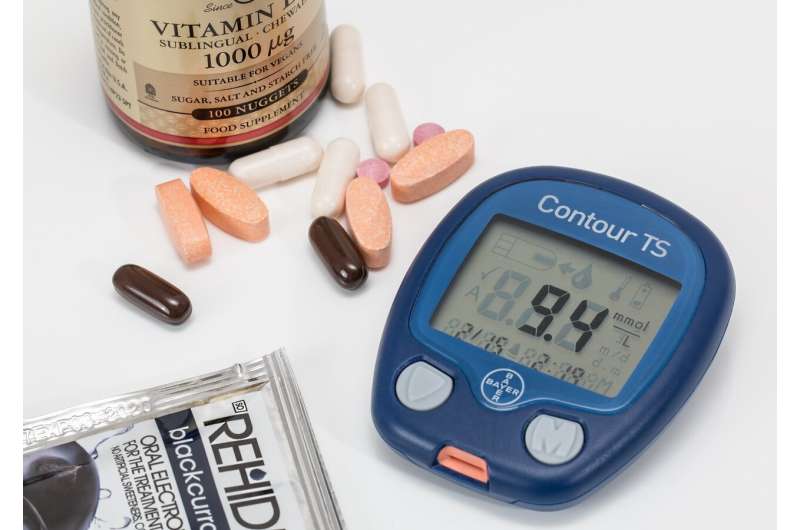Technology use by adults with type 1 diabetes lower among African-Americans, Hispanics

Continuous glucose monitor (CGM) and continuous subcutaneous insulin infusion (CSII) devices are known to improve outcomes in patients with type 1 diabetes (T1D), yet African American and Hispanic patients face barriers to the use of these devices, according to results of a small single-center retrospective study. The results of the ENDO 2020 abstract will be published in the Journal of the Endocrine Society.
"We observed that the use of technology among Caucasians was higher than its use in other racial and ethnic groups, and the difference was statistically significant," said lead author Kamonkiat Wirunsawanya, M.D., an endocrinology fellow at Boston University Medical Center in Boston, Mass. "Our study included an adult population that is more racially diverse than seen in the currently available literature."
Wirunsawanya, Ivania Rizo, M.D., and Kathryn Fantasia, M.D., all of Boston University Medical Center, examined the odds of CGM and CSII device use in patients of different races. They reviewed the electronic medical records of 227 adult patients who had type 1 diabetes and were seen in the endocrinology clinic of one safety-net hospital between October 2016 and September 2017.
Overall, 43% of patients were Caucasian, 25% were African American, 15% Hispanic, 2% Asian, and 15% who identified as other. While 30% of all patients in the study used CGM, its use varied by race: 47% of Caucasians used CGM, compared with 14% of African Americans, 23% of Hispanics, 25% of Asians, and 0% who identified as other. While 26% of all patients in the study used CSII, 43% of Caucasians used CSII, compared with 10% of African Americans, 14% of Hispanics, 18% of those who identified as other, and 0% of Asians.
The mean hemoglobin A1c level—a measurement of average blood glucose levels over the course of two to three months—was better controlled in patients who used CGM or CSII devices than those who did not. A1c levels were 8.27 in patients who used CGM, CSII, or both devices, compared to 9.49 in those who used no technology.
Patients who had government health insurance—roughly half of the participants—had lower odds of using technology than those with private health insurance.
Patients in the African American and "other" groups had lower odds of using technology, and the results were statistically significant.
"Our findings were consistent with racial disparities found in youth with type 1 diabetes and in adults with type 2 diabetes," Wirunsawanya said. "Our results add to the current knowledge of disparities in access to healthcare."
"Given the known benefits of diabetes technology and racial disparities in its use, future exploration of barriers is required," he said. "We hope our findings will allow endocrinologists to design and implement effective strategies to increase the use of technology among minority patients with type 1 diabetes."




















